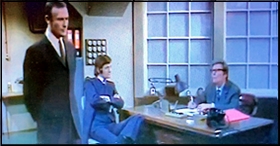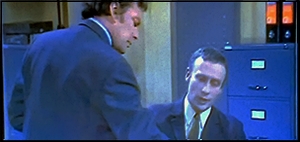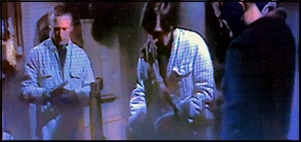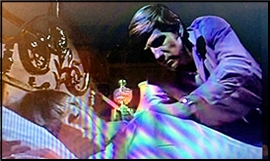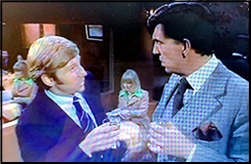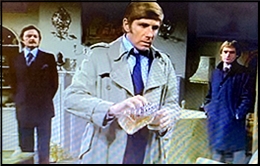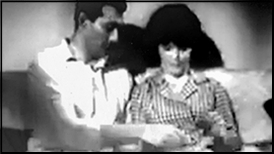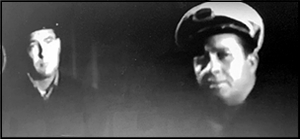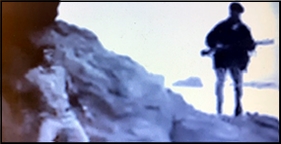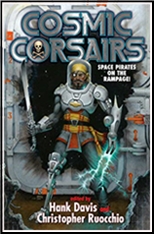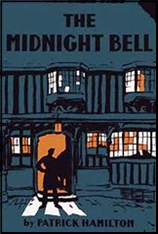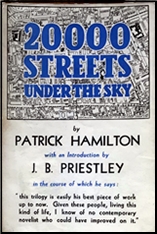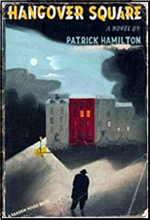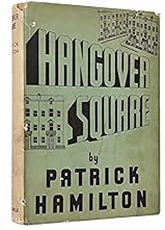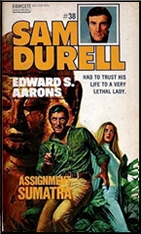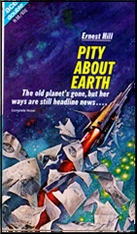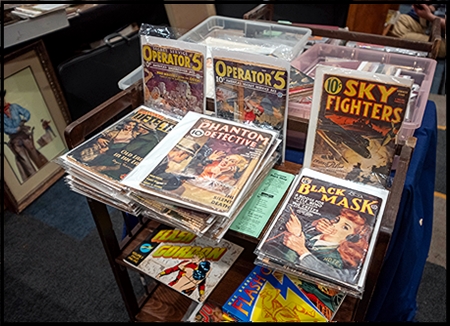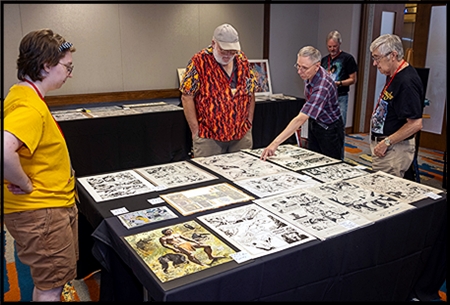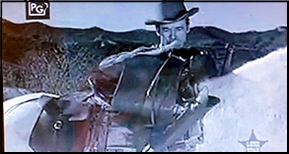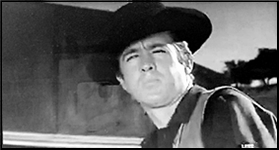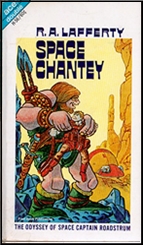Intro: Those of you who have been following this blog for almost as long as I have must be wondering what happened to Walker Martin’s annual PulpCon / PulpFest report. He’s missed only one since the tradition began, and that was my fault. I was too busy with personal matters to get it up and running that year, and it appeared on Sai Shankar’s PulpFlakes blog instead.
This year, though, Walker did attend but managed to catch Covid while there, and while he’s doing much better now, it took him a while to recover, and he never did manage to write up a report. As you may have surmised, “Martin Walker,†whose report follows, is a pseudonym, but I can guarantee the facts he relates are 100% accurate. Bill Lampkin, whose photos I used is real, however, and I thank both him and our anonymous reporter for this year’s annual PulpFest report, at last!
*****
2023 PulpFest Convention Report,
by Martin Walker.
Except for the year 2020, there has been a summertime pulp convention since 1972. First, it was Pulpcon, running through 2008. Next came PulpFest, beginning in 2009 and running straight through this year (except for that year lost to COVID).
PulpFest 2023 got underway early on Wednesday evening, August 2, when the convention’s chairperson, Jack Cullers, opened the dealers’ room at the DoubleTree by Hilton Pittsburgh — Cranberry for vendors to set up for the convention. Many PulpFest dealers took advantage of this early setup to load in their wares and socialize with friends whom they see but once, twice, or thrice each year.
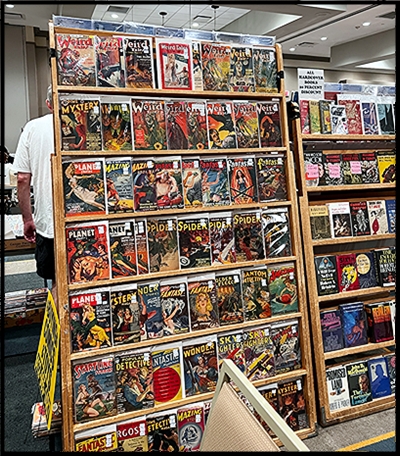
According to PulpFest’s marketing and programming director, Mike Chomko, the DoubleTree staff went above and beyond to have the hotel’s exhibition hall ready and waiting for the convention’s dealers. He recommends that all PulpFest vendors take advantage of the convention’s early set-up hours to prepare their exhibits for the convention’s official opening the next day.
PulpFest 2023 officially got underway on Thursday morning, August 3, with the arrival of more dealers for unloading and setup. Early-bird shopping began around 9 a.m. and continued until 4:45 p.m. Most dealers reported brisk sales following the official opening of the convention.
One of the highlights of the dealers’ room was the initial offering from the extensive holdings of longtime collector Everard P. Digges LaTouche. Ed Hulse, editor and publisher of Blood ’n’ Thunder, had several long-boxes of Digges’ pulps for sale, with many rarities among his stacks. Other dealers with substantial pulp offerings included Adventure House, Ray Walsh’s Archives Book Shop, Books from the Crypt, Jack Cullers, Doug Ellis & Deb Fulton, Heartwood Books & Art, Paul Herman, Mark Hickman, John McMahan, Peter Macuga, Phil Nelson, Steranko, Sheila Vanderbeek, and Todd & Ross Warren. You could also find original artwork offered by Doug Ellis & Deb Fulton, George Hagenauer, Jackie Pollen, Craig Poole, and others.
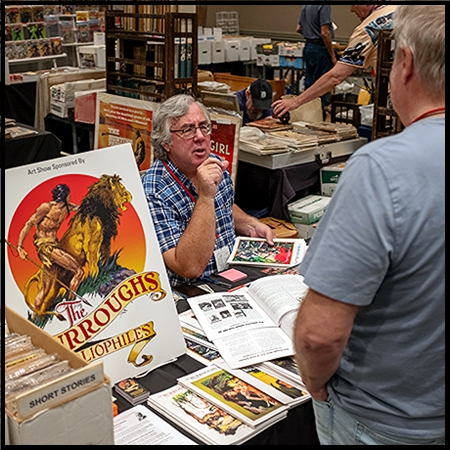
With nearly 80 dealers registered for PulpFest 2023, the dealers’ room was a sell-out. And the exhibitors on hand didn’t disappoint. In addition to pulps and original artwork, you could find digests, vintage paperbacks, men’s adventure and true crime magazines, first-edition hardcovers, genre fiction, series books, Big Little Books, B-movies, vintage television shows, movie serials, Golden Age, Silver Age, Bronze Age, and pulp-related comic books, and more.
Additionally, one could find contemporary creations including artwork, new fiction, and fanzines produced by The Burroughs Bibliophiles, Edgar Rice Burroughs, Inc., Flinch! Books, Doug Klauba, Craig McDonald, Will Murray, Stark House, Steeger Books, Joab Stieglitz, Michael Tierney, Anthony Tollin, Mark Wheatley, and others.
The third annual PulpFest Pizza Party followed the closure of the dealers’ room at 5 p.m. Over fifty pizzas were baked for the convention’s members, thanks to the generosity of PulpFest’s dealers. Since it was started in 2021, the annual pizza gathering has become a very popular fixture at PulpFest. The convention’s advertising director, Bill Lampkin, promises more pizzas in the years to come.
Following opening remarks by chairman Cullers, the convention’s admirable programming line-up began with a salute to the centennial of Edgar Rice Burroughs, Inc. Edgar Rice Burroughs founded the corporation in 1923.
Joining ERB’s Director of Publishing, Christopher Paul Carey, and Vice President of Operations, Cathy Mann Wilbanks, were authors Chris Adams, Win Scott Eckert, and Will Murray to discuss their upcoming Burroughs-inspired books.
Morgan Holmes — who has been called the world’s greatest expert on sword and sorcery — was up next with a look at sword and sorcery in Weird Tales. Also on hand was Chris Kalb, creator of “The Spider Returns†website. Joining him were award-winning authors Will Murray and Gary Phillips to talk about “The Master of Men†on the occasion of the character’s 90th anniversary.
Jim Beard followed the Spider presentation with a look at Conan, “The Multimedia Barbarian,†while old-time-radio expert Karl Schadow, closed out the programming with a discussion of Weird Tales on radio.
Despite a long day of buying and selling and an evening packed with programming, many conventioneers gathered in the hotel lounge to talk and reminisce about their favorite authors, cover artists, and pulp characters long into the night.
There was more buying and selling on Friday, August 4. Competing for attendees’ attention were a couple of afternoon presentations. Chris Carey and Win Scott Eckert discussed “Doc Savage — The Man and Myth of Bronze.†Part of PulpFest’s celebration of the 90th anniversary of “The Man of Bronze,†it was also this year’s FarmerCon presentation. Since 2011, PulpFest has hosted FarmerCon, a convention that began in Peoria, Illinois, the hometown of Philip José Farmer.
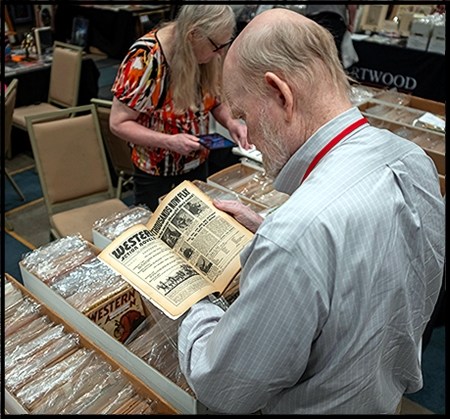
Following the FarmerCon XVIII presentation was a discussion of jungle fiction in the pulps, featuring Henry G. Franke III — editor of The Burroughs Bulletin — and Ed Hulse — editor of Blood ’n’ Thunder. The presentation was part of the 2023 ERBFest, another “convention within a convention†that’s held at PulpFest. An art show — hosted by Franke — was also part of this year’s ERBFest. It featured original comic strip art, paperback and limited edition hardcover artwork, and much more. Taking place in the early afternoon hours, the show was very well attended and garnered a good many compliments.
After the dinner break came more evening programming, beginning with a look at PulpFest 2024, presented by committee members Cullers and Chomko. Afterward, Bob Deis and Wyatt Doyle — co-editors of “The Men’s Adventure Library†— offered a look at “Those Weird Men’s Adventure Magazines,†an exploration of supernatural stories and creature features that found their way into the men’s magazines of the late twentieth century.
Up next, a trio of contemporary artists — Mark Schultz and Mark Wheatley, with Don Simpson moderating — discussed illustrating Conan for the commercial market, part of the convention’s salute to the character’s 90th anniversary. Pulp art expert David Saunders followed with a look at fantasy and adventure artist J. Allen St. John, best known for illustrating the work of Edgar Rice Burroughs.
Finishing up PulpFest’s salute to the centennial of Weird Tales was a panel featuring Darrell Schweitzer and John Betancourt. Writers and editors, both men helped to revive the magazine in 1988. Since then, Weird Tales has, more or less, been published continuously. Moderating the panel was Tony Davis.
Closing out Friday night’s programming was Nicholas Parisi — author of Rod Serling: His Life, Work, and Imagination — with a discussion of “The Sports Stories of Rod Serling.†Afterward, for those not ready to turn in, a “Barsoomian Bull Session†followed in the hotel’s lounge area.
On Saturday, August 5, the dealers’ room opened yet again at 9 a.m. and brisk business continued. All told, nearly 400 people passed through the entrance to the PulpFest 2023 dealers’ room where they were tempted by 150 tables filled with thousands of pulp magazines, digests, vintage paperbacks, original art, and more.
Once again, the “Inspired by Edgar Rice Burroughs†art show was open for viewing during the early afternoon hours. Afterward, Christopher Paul Carey, Henry G. Franke III, and Garyn Roberts paid tribute to “100 Years of The Moon Maid.†The first segment of Edgar Rice Burroughs’ trilogy was originally serialized in Argosy All-Story Weekly in 1923.
Closing out the afternoon programming was “Doc Savage and His Offspring,†a panel presentation featuring writers Win Scott Eckert, Craig McDonald, Will Murray, and Gary Phillips. Moderated by Jennifer DiGiacomo — the former publisher of The Savage Society of Bronze — the panel explored the work of the writers, all inspired by Lester Dent’s “Man of Bronze.â€
Saturday’s evening programming began with journalist and pulp historian Michelle Nolan discussing the first sports pulp — Sport Story Magazine — with pulp collector Alex Daoundakis. Published by Street & Smith, Sport Story Magazine debuted 100 years ago in 1923.
Following the convention’s final programming presentation, Walker Martin — who has attended every Pulpcon/PulpFest since the very first one in 1972 — announced the winner of the 2023 Munsey Award. Recognizing an individual or organization that has bettered the pulp community — be it through disseminating knowledge about the pulps or through publishing or other efforts to preserve and foster interest in the pulp magazines we all love and enjoy — this year’s Munsey was awarded to Richard Bleiler, a bibliographer and researcher in the areas of science fiction, fantasy, horror, crime, and adventure fiction. You can read the full text of Richard’s acceptance speech on the PulpFest website.
Closing out the evening was the convention’s Saturday night auction. It featured about 90 lots from the estate of Vermont collector Carl Joecks, over 80 lots consigned by Dearly Departed Books of Alliance, Ohio, and more than 100 lots submitted by PulpFest 2023 members.
The highlights of the auction included the first eight volumes of the Tom Corbett juvenile series, a trio of early edition hardcovers by Robert A. Heinlein, the first authorized American edition of Jules Verne’s The Mysterious Island, nine early edition hardcovers by E. E. “Doc†Smith, thirties issues of The Shadow Magazine and Weird Tales, the December 1939 Marvel Tales, a large lot of fanzines and related materials, and a set of Shadow paperbacks in very fine condition. Overshadowing all of the lots was a very scarce ink stamp pulp premium from “The Shadow Club.†Originally offered through The Shadow Magazinefrom April 1, 1934, to the end of August 1934, the stamp sold for $750.
Nearly $12,000 exchanged hands during the auction. Afterward, those with change still in their pockets retired to the hotel lounge for a late-night session of “Fraternizing at FarmerCon.â€
Although the convention opened once again on Sunday, August 6, buying and selling opportunities were limited as dealers packed up and prepared for the drive home. Unfortunately, a number of attendees contracted COVID during the convention. Thankfully, most cases were relatively mild.
PulpFest 2024 will take place August 1 – 4 at the DoubleTree by Hilton Pittsburgh — Cranberry in Mars, Pennsylvania. The convention will be celebrating “Spice, Spies, Shaw, and More†in 2024. You can learn more by visiting pulpfest.com. I hope to see you there.
